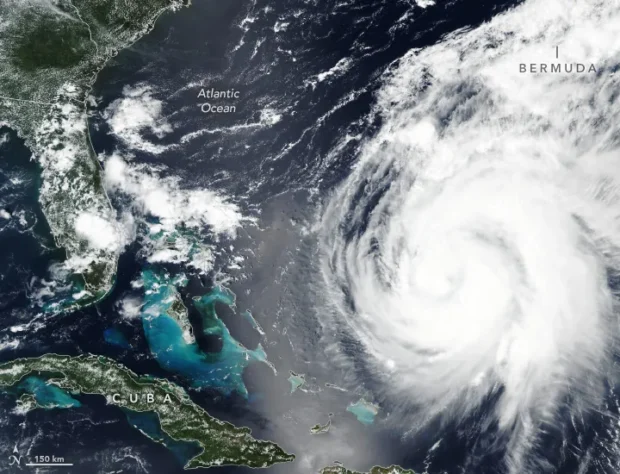Puerto Rico-domiciled insurers are expected to navigate losses within the island’s eastern and central regions most impacted by storm surge, power outages and flooding related to Hurricane Ernesto, according to a new AM Best commentary.
Best’s Commentary, “Market Growth in Recent Years to Help Puerto Rico Insurers Absorb Hurricane Ernesto Losses,” indicates that though early in the insured claims handling process, initial feedback from insurers is that property losses will be moderate and contained within reinsurance limits.
Based on initial discussions with AM Best-rated companies, most of the damage has been the result of storm surge and flooding, the latter of which is not covered by the standard homeowners’ policy.
“Given the island’s many infrastructure issues and much of the island without power, claims processing will take longer—a situation further complicated by supply and transportation problems,” said Jason Hopper, associate director, Industry Research and Analytics, AM Best.
Hopper noted that the ultimate magnitude of business interruption losses is uncertain given the widespread power outages being reported in Puerto Rico.
Many of the unaffiliated domestic carriers that underwrite commercial policies and offer power outage endorsements there have stated that a good percentage of insureds do not pick up this endorsement.
Prior to hurricanes Maria and Irma, new premium generation in Puerto Rico essentially had been flat for years, the report noted. However, net premiums written (NPW) growth has averaged nearly 6 percent annually since, outside of a marginal decline in 2020.
Unaffiliated Puerto Rico-domiciled companies have comprised an increasing share of total Puerto Rico’s NPW since, accounting for nearly 78 percent of total NPW there in 2023, up from 68 percent in 2018, the report added.
Premium ceded for the unaffiliated Puerto Rico-domiciled companies to reinsurance companies has more than doubled since 2017.
Some companies have had to lower their exposures based on a reassessment of risk tolerance due to rising reinsurance costs; however, renewals for 2023 and 2024 were less chaotic, and rate increases have moderated a bit in 2024, AM Best analysis showed.
To date, companies have indicated that losses should remain within reinsurance limits.
Featured Image: Hurricane Ernesto. Credits: NASA Earth Observatory/Wanmei Liang





















 The Hardest Part of Innovation in Insurance Isn’t Technology; It’s Culture
The Hardest Part of Innovation in Insurance Isn’t Technology; It’s Culture  A Practical Blueprint: The Five Plays of an Innovation Culture
A Practical Blueprint: The Five Plays of an Innovation Culture  The Future of Knowledge in Insurance: From Training to AI-Powered Productivity
The Future of Knowledge in Insurance: From Training to AI-Powered Productivity  Executives on the Move at HSB, American Modern Insurance Group, AIG
Executives on the Move at HSB, American Modern Insurance Group, AIG 




